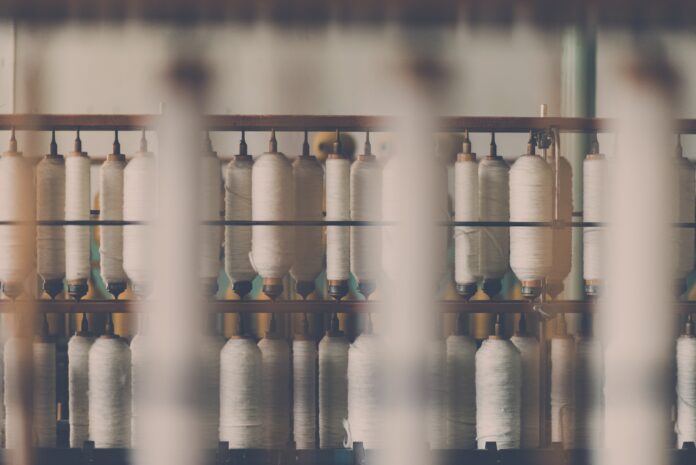Summary
“Textile, clothing, and fashion (TCF) are one of the most unsustainable industries in the world. Several industrial sustainability models have addressed this issue, but they assume incremental improvements and growth while addressing global challenges. Thus, a sustainable business model perspective is required to think and go beyond these increments and reconceive radically how businesses should operate to drive system-level sustainability.” (Pal, 2017)
Archetype 2: Create Value from “Waste”:
“In contrast to today’s linear “take, make, waste” economic model, the concept of creating value from “waste” is underpinned by the idea of restoration rather than disposability, by designing and optimizing products, components, and materials for multiple cycles of disassembly and reuse. Such closed material and energy loops imply that the materials are reused again, either as bulk material, or products, or as components through specific processes (or economic activities), such as refurbishment or recycling, thus influencing the essence of a circular economy (CE) through new ways of production, distribution, and consumption of goods and services.” (Pal, 2017)
“In most cases, reuse and resell business models account for reducing carbon footprint of new garment manufacturing and energy usage by displacing the production of “new.” The effects of such displacement, in terms of reduction in carbon footprints are about 1.5, 1, and 0.5 person equivalents/ton, and reduction in primary energy usage by 2.5, 1.75, and 1 person equivalents/ton, for substitution by factors of 1, 0.66, and 0.33 respectively.” (Pal, 2017)
Analysis
A closed loop production and life cycle would require the design of a system that accounts for post consumer waste and consumer cooperation. Whether the process takes form in practices like restoration or the product itself being reused as bulk material, both involve the consumer returning the product after it has been worn down. Therefore an incentive is necessary, otherwise it may be more convenient for the consumer to simply discard it and obtain a new version.
The development of a resell/recycle system for my wearable good may take form in a 2 kinds of business models:
- Direct Reselling: My product is collected solely through a system developed for the specific wearable good and then redistributed from the original retailer/manufacturer (me).
- Business to Business: My product can be collected by other retailers and catered to by that retailer (requires a universal system that other businesses can implement).
Sources
Pal, R. (2017). Sustainable Design and Business Models in Textile and Fashion Industry. Sustainability in the Textile Industry Textile Science and Clothing Technology, 109–138. https://doi-org.proxy.lib.ohio-state.edu/10.1007/978-981-10-2639-3_6




